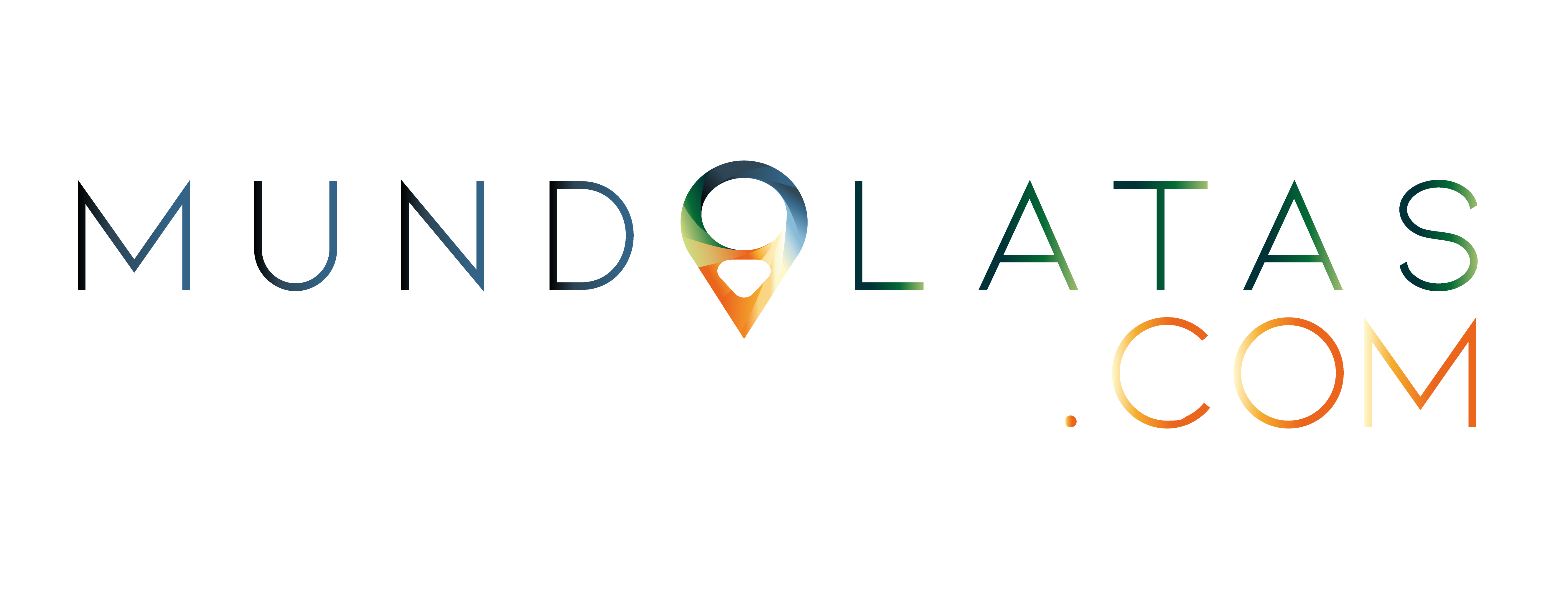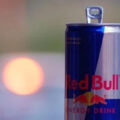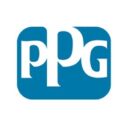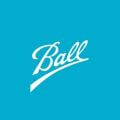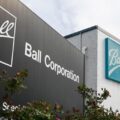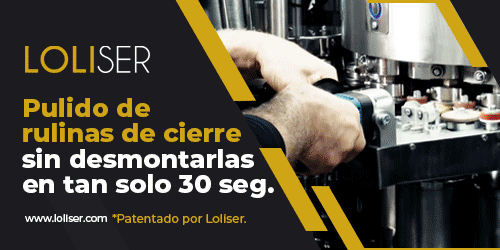According to Ball Corporation’s annual report, it reported a net profit of approximately US$707 million for the year 2023. This amount includes net after-tax charges totaling $213 million, or 67 cents per diluted share, due to business consolidation and other non-comparable items. Total sales for the year reached 14.03 billion dollars.
In 2023, Ball had an increase in comparable net earnings to $920 million, which is equivalent to $2.90 per diluted share. This was an increase from the previous year’s results, when the company earned a profit of $891 million or $2.78 per diluted share in 2022.
During the last quarter of 2023, the company earned net income of US$154 million, which is equivalent to 49 cents per diluted share. This figure is higher than the US$55 million and 17 cents per diluted share it earned in the same period of the previous year. Despite this, sales in this period decreased by US$350 million, from US$3.55 billion in the previous year to US$3.40 billion. On the other hand, comparable earnings per diluted share for the fourth quarter of 2023 increased significantly to 78 cents, surpassing comparable earnings for the same period last year of only 44 cents.
The company’s CEO, Daniel W. Fisher, reported that in the fourth quarter and for the full year the company performed well, achieving comparable operating earnings and free cash flow. He highlighted the team’s ability to address challenges in North America with the brand, difficult comparisons in EMEA due to the 2022 Russian trade sale, as well as hyperinflation in Argentina and activities related to the ongoing sale of its aerospace division.
On the other hand, the company has taken steps to improve its sales and operating efficiency, in addition to generating revenue through sales in the aerospace sector to reduce its debt and buy back shares. This positions the business for sustainable growth in earnings per share, free cash flow generation and return of value to shareholders during 2024 and beyond.
In North and Central America, a common practice is the bottling of various beverages, including soft drinks, juices and water, which are then distributed and sold in both local and international markets. The beverage packaging industry has experienced significant growth in this region due to increased demand and the implementation of more advanced technologies in its production. In addition, many companies have committed to using eco-friendly and sustainable packaging to reduce their environmental impact and promote environmentally friendly practices.
In 2023, the beverage packaging industry in North and Central America had an operating profit equivalent to $710 million however, in the previous year, profits were $642 million with sales of $6.70 billion, showing a significant increase in profits but a decrease in sales.
Annual sales for 2023 were lower due to a decrease in shipments and reduced aluminum contract costs, although this was partially offset by the recovery of additional inflation.
Despite a reduction in the number of sales, the sector’s operating income for the full year and in the last quarter was higher than that of the previous year. This was due to higher inflation, cost savings and improved operating performance. However, there was a 6.9% decline in sales for the full year and a 3.7% decline in the last quarter due to a massive problem with the beer brand in the United States. Although these numbers are lower than expected, there has been a progressive improvement since the decline experienced in the third quarter of last year.
The company has communicated its decision to end production at its leased plant located in Kent, Washington by mid-2024. This plan, together with other previously announced measures, seeks to maintain an adequate balance between supply and demand in accordance with current economic conditions. In addition, the supply of innovative and high quality cans and bottles to customers is ensured. These actions are expected to contribute to improved financial results both in 2024 and in the future through efficient cost management and good operating performance.
Even with the presence of other materials in the market, aluminum cans are still the preferred choice for beverage packaging. In our company, we strive to offer innovative and sustainable solutions, at a good price, for our customers in the long term. In the first quarter of the year, we expect an uptick in demand for our North and Central American business thanks to the improvement expected from April 2024, the anniversary of the disruption that affected our customer in the United States. In addition, we are confident that our growth will continue to be driven by our efforts to expand into different beverage categories.
During 2023, there was a decrease in operating profit in the Europe, Middle East and Africa (EMEA) segment compared to the previous year. Although total sales were US$3.4 billion, slightly lower than those obtained in 2022 at US$3.85 billion. In the last quarter of the year, operating income totaling US$80 million and sales of US$739 million were achieved. This figure is higher than that obtained in the same period of the previous year, when the company recorded operating profits of US$47 million and sales of US$748 million. The decrease in sales for the full year is due to the reduction in shipments and a contractual transfer that reduced aluminum costs. This was due in part to the sale of the Russian operations in the third quarter of the previous year.
During the current year, the sector’s revenues benefited from a combination of favorable pricing and good cost management. In addition, the recovery of inflation also contributed to these revenues. Although the sale of the Russian business in September 2022 had a negative impact of US$86 million, it was almost offset as previously planned. As for the fourth quarter, comparable operating profits increased significantly thanks to the inflationary recovery and lower costs, although they were affected by a decrease in commercial volumes.
Although consumer demand has declined due to inflation, the shift to aluminum cans driven by legislation in some countries continues to be a key factor for growth in this sector. During the last quarter and the full year, there was a 7.0% and 1.0% decrease, respectively, in the segment’s volumes, excluding Russian commercial sales in 2022. However, if these sales are included, the decrease is even greater, reaching 7.0% and 12.9% in the last quarter and for the whole year.
Throughout 2023, the beverage packaging division in South America posted operating earnings equivalent to $266 million on sales of $1.96 billion. Compared to the prior year, there was a decrease in operating profit earned in 2022 of $275 million on sales of $2.11 billion. During the last quarter of the year, comparable operating income was recorded at $125 million on sales of $616 million, exceeding the results of the same period in the previous year, which were $78 million on sales of $614 million.
A comparison of last years’ sales with those of the last quarter shows an increase in the number of products sold. However, this increase was affected by a decrease in aluminum costs established in the contract and an unfavorable regional product mix. All this happened in the midst of a difficult economic context in Argentina.
During the last three months of the year and for the year as a whole, there was an increase of 2.2% and 2.0% in the volume of business in this segment. In South America, customers are expected to continue to promote long-term projects to increase the use of sustainable aluminum packaging until 2024. In addition, the company continues to provide services to its clients in Argentina while monitoring the risks associated with the country’s ongoing economic and political changes.
